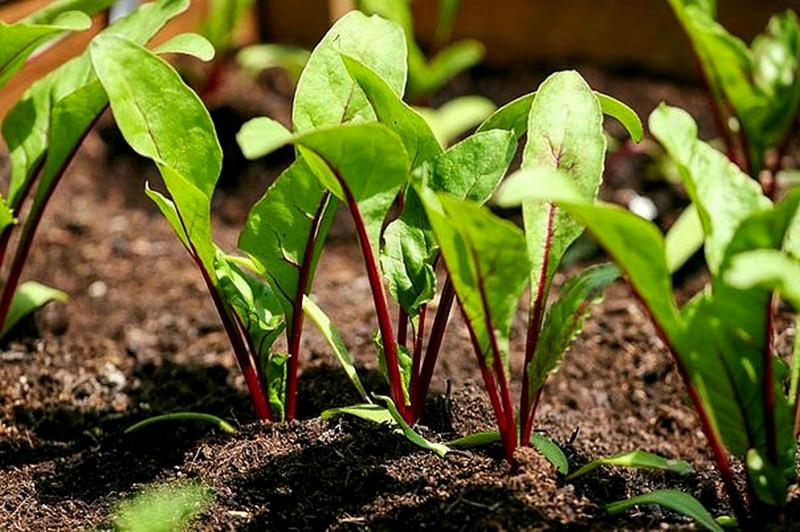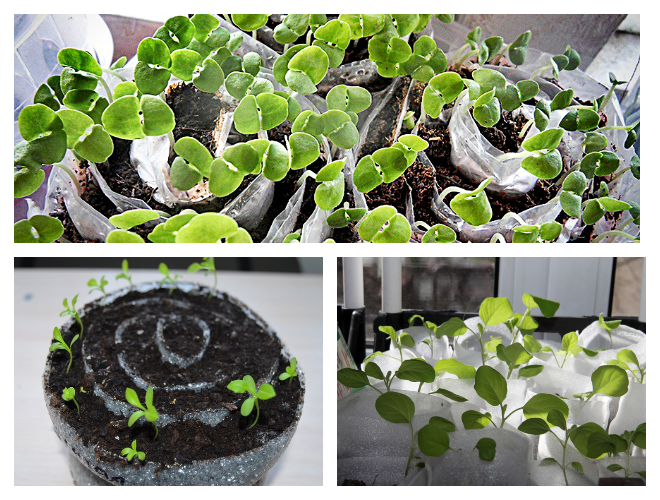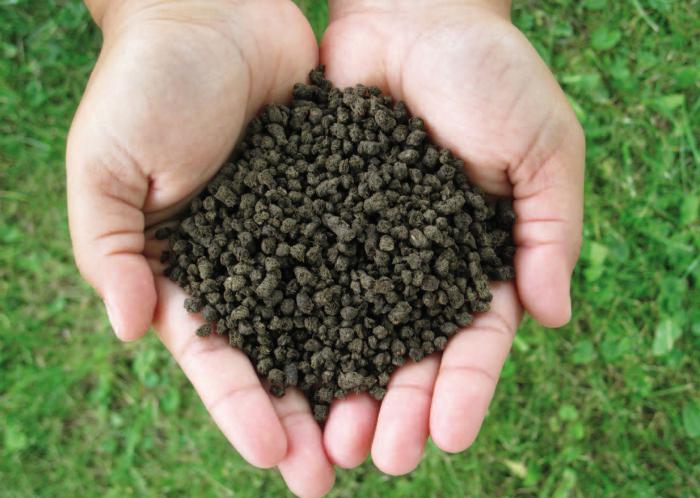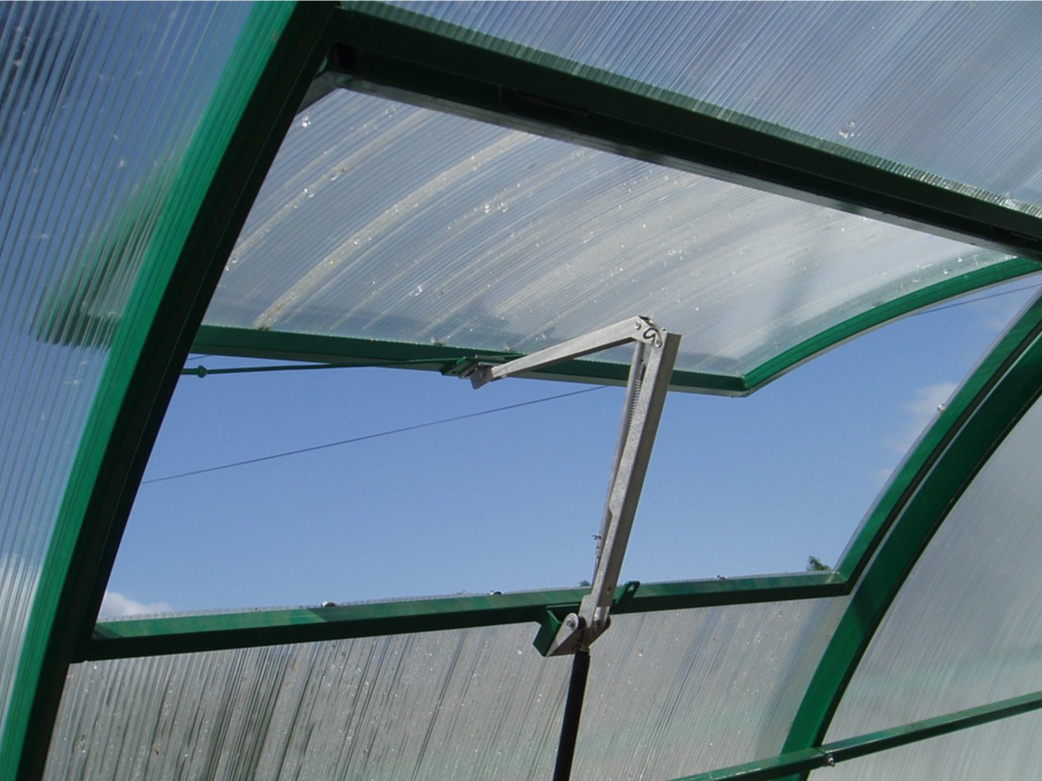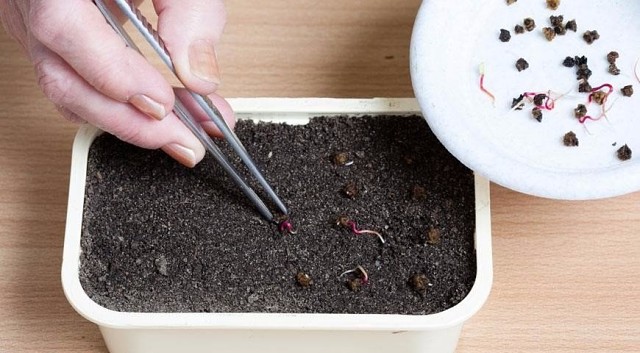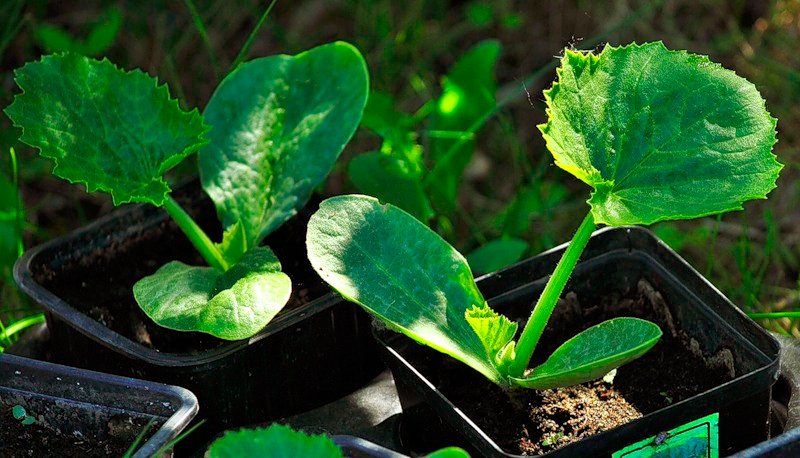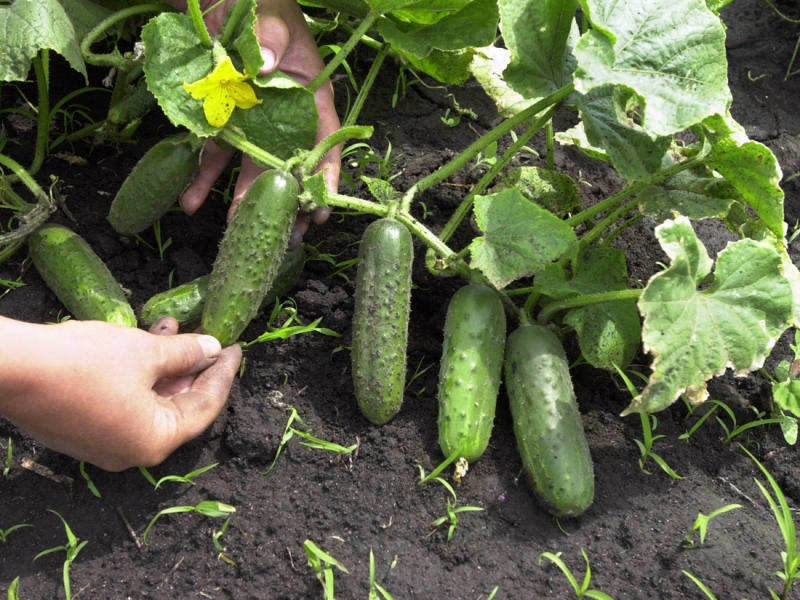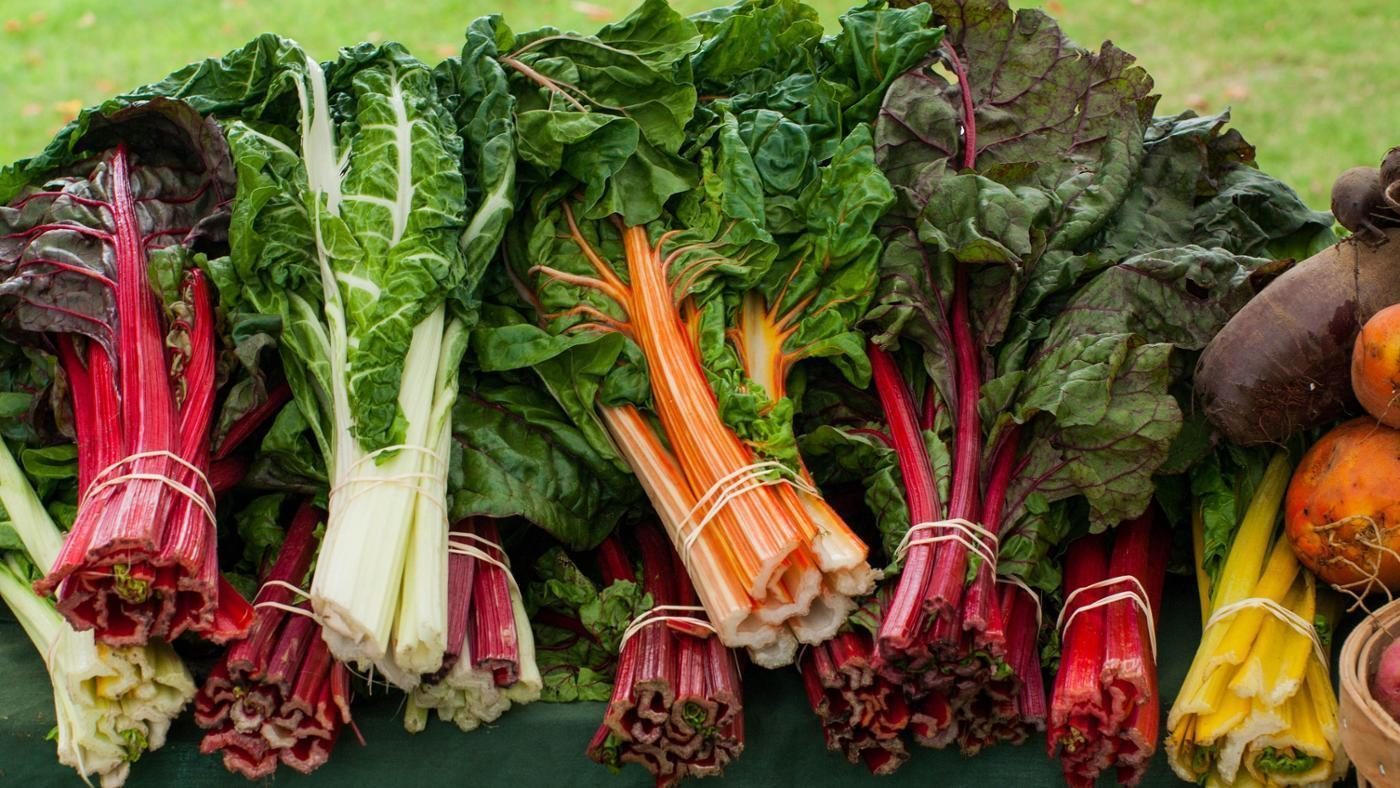Content:
Beets are cold-resistant crops, but they have a long growing season (up to 120 days). For this reason, in some regions of the country, due to the short summer, root crops simply do not have time to ripen. Spring for seedlings of open ground is dangerous due to unexpected frosts, which becomes the reason for the subsequent flowering. Therefore, many gardeners tend to grow beets using a different method. And here an urgent question arises: when is it better to plant beets for seedlings?
Beet seedlings
Beetroots develop better if they are transplanted to another bed at an early stage. But this can be done only in the southern regions. In cooler areas, it is the seedlings that become the factor for large fruits. But it should be taken into account that only rounded varieties are suitable for this method - beetroot cylinders do not like movement.
Some people have a question: if beets are taken for seedlings when to sow them? There are no specific numbers - it all depends on the climatic characteristics of each strip. Yes, and year after year does not happen - spring may come earlier than usual or be a little late. Therefore, they monitor the weather changes outside the window.
The main condition for sowing seeds for seedlings is to take into account the maturity of seedlings. They develop quickly enough. Therefore, sowing is carried out in 3 weeks before the intended planting of shoots in the beds. This time is enough to gain the required green mass.
Growing seedlings relieves gardeners from the tedious thinning of the beds, and also speeds up the harvest almost a month earlier than usual. In open ground, beetroot seeds should be sown when the spring temperature reaches +5 degrees... Even in the Moscow region this time falls in May, and in Siberia and the Urals the soil warms up by the beginning of June, at this time it is not realistic to sow beetroot directly into the beds - the fruits do not always ripen.
Seedlings make it possible to start the sowing season earlier, transferring it to the end of March - April, because the temperature in the greenhouse (or room) depends solely on the gardener.
For those who ask the question of when to plant beets in Siberia, experienced gardeners are advised to pay attention to the variety. If it is designed for winter sowing, then you can plant seeds in October immediately in the beds. So there is a chance to harvest in June. In spring planting, it is better not to risk it and give preference to the seedling method, so as not to wait for the soil to warm up to the desired temperature. Having chosen late-ripening varieties, seedling starts in May, planting of seedlings in the beds - in the first decade of June.
You can grow seedlings both in greenhouses and hotbeds, and at home on windowsills. In the first case, sowing is carried out in closed ground in grooves or in seedling boxes. Home plantings are more compact - they use the snail or egg cells method. Which method is most acceptable, each gardener decides independently.
Sowing methods
- Making a snail is easy. Take a tape of paper towels or toilet paper (whichever is tighter), sprinkle a small layer of earth, and spread the seeds evenly. The tape is moistened, carefully rolled up, can be fixed with a thread or a loose elastic band. They put the butt on a pallet and wait for sprouts;
- Egg trays have long been chosen by gardeners.A little earth is poured into each cell, laid by seed and sprinkled again. The tray is placed on a pallet and the cells are well watered.
Containers with future seedlings are placed on sunny windowsills and are waiting for the sprouts to appear. Then they are transferred to seedling boxes, the height of which should be not less than 10 cm.
When sowing in greenhouse boxes or a greenhouse, an ordinary method is used. Into the grooves in the distance 3-4 cm spread the prepared seeds from each other, covering them to a depth of 2-3 cm, after which it is well watered. To avoid diseases, every time the soil for seedlings is taken fresh, while sufficiently fertile.
Seed preparation
Beet seed is a ball-like seed, which is difficult to apply pre-sowing preparation techniques. Therefore, they are often sown dry, wetting only the soil. But if the seeds are previously kept in a damp cloth until they start to germinate, the germination of the sprouts will be more active. This technique will help make preplant seed preparation successful.
To prevent future root crops from being affected by the phomosis, it is recommended to treat the seeds with a fungicidal solution before sowing: "Fitosporin", "Maxim", "Vitaros". You can also disinfect it with a manganese solution, after which the seeds are kept for another 2 days in clean water.
Requirements for soil mixture
You can buy soil for growing seedlings in a specialized store, but many summer residents prepare the mixture on their own (fortunately, the garden is at hand). The optimal soil for beets is neutral or slightly acidic fertile (with a pH of 6.0). Humus can be added to the greenhouse soil in a 1: 1 ratio.
If the acidity is not suitable, the soil mixture is limed with tuff, slaked water or chalk. Additionally enriched with mineral compositions:
- urea - 6 g;
- magnesium sulfate - 2 g;
- potassium sulfate - 8 g;
- superphosphate - 15 g.
A summer resident with experience may have their own recipes. It is recommended for beginners to use concentrated fertilizers from factory production or use the following soil composition: 2 parts of compost (humus) and sod (garden) soil, as well as part of sand and 4 parts of peat.
Any mixture prepared for seedlings must be disinfected - heated in an oven or kept for half an hour in steam. After that, the soil mixture is sealed in a bag and kept in it for a week. Thanks to this, beneficial bacteria will start in the soil, enriching the earth. With this preparation, good yields can always be expected.
Growing requirements
In order for the seedlings to develop normally, it is necessary to maintain optimal modes (it does not matter here whether it is a house or a greenhouse).
Humidity
Moisture-loving beets require regular watering, but they do not tolerate stagnant water. Therefore, irrigation is carried out in small portions, and the water accumulated in the trays is poured out.
Greenhouses usually have a moisture control system. When growing seedlings at home, you have to rely on your own feelings. If symptoms of dry air appear, the seedlings are periodically sprayed with water at room temperature.
Illumination
The culture grown is very fond of the sun, therefore, south-facing windows are chosen for seedlings at home. But even this is not enough if the region (Urals, Siberia, etc.) is late spring. You can't do without additional lighting here.
Temperature
The thermal regime in the premises is important, but in this case it is not necessary to create special conditions. The main thing is to make sure that the thermometer in the greenhouse did not fall below +8 degrees... It is easier to keep warm in the house.
Hardening
So that the seedlings in the future feel comfortable in open beds, the seedlings are hardened.In hotbeds and greenhouses, ventilation is arranged, the frequency of which increases every day.
If beets are grown in a house, they are taken out into the fresh air during the day: first for half an hour, then for an hour, and so each time increasing the dynamics. At night, boxes with seedlings are not left outside.
When hardening seedlings, you should not focus only on daytime procedures. It is also recommended to practice night hardening when the temperature outside in the dark rises above +8 degrees. First you need to open the window transom for 20 minutes, after a couple of days increase to 40 minutes, then up to an hour. On especially warm nights, the window can be left open until morning. This technique allows you to better strengthen the immunity of plants.
Top dressing
Despite the fact that a nutritious soil mixture was used for the beets, it is necessary to fertilize the seedlings during the growth process. Top dressing is used 2: after a pick and from the moment when the tops of the sprouts close. To do this, take complex fertilizers on a mineral basis, where nitrogen is given priority.
When to dive seedlings
Beet germination is good, and if the sowing rules are followed, the first shoots will hatch in a few days. This culture is characterized by the fact that one seed gives up to 5 sprouts at once. Therefore, at least two picks are required.
After waiting for the seedling to grow up a little, and 2 true leaves are formed on it, thinning begins, leaving stronger individuals in the container. Those that have left are planted in a seedling box.
You can listen to the advice of experienced summer residents and do thinning in this way. When the first shoots of seedlings appear, they do not pull out excess shoots, but carefully cut them with nail scissors, leaving no more than 2 pcs on one seedling. This eliminates the possibility of damage to the roots of the main seedlings. The remaining shoots develop well without interfering with each other, and as a result, a good planting material for the garden is obtained.
The second thinning may coincide with planting in a garden bed. By this time, the seedling should already have at least 5 high-quality leaves. But if in some regions by this moment (mid-May) the temperature outside has not yet improved, then the extra seedlings are still planted in seedling boxes.
What to do if the seedlings are stretched
An improper growing regime can lead to the fact that beetroot sprouts grow quickly, turning into thin weak strings. A problem can arise for several reasons:
- lack of light;
- excessive watering;
- great thickening;
- the seedlings have stopped.
All factors can be easily dealt with if you take action in time.
Seedlings overstay due to unsuitable weather outside. Therefore, the beets must be planted in other containers, burying deeper than in the previous box. In this case, you can slightly shorten the root, which in the future will give a larger fruit.
If the seedlings had to stretch excessively, it means that they do not have enough sunlight, or the place for growing was chosen incorrectly, or supplementary lighting was not used. By relocating the seedling containers and hanging fluorescent lamps, they stop active growth.
But this is not enough - you still need to get rid of the threadiness. For this purpose, additional soil is added to the sprouts. The stem will begin to grow new roots, significantly inhibiting growth, which will allow the seedlings to thicken.
Beets may not have enough light due to their high thickening. The bushes shaded by each other begin to rapidly stretch upward, ahead of their neighbors. This situation suggests that a timely pick was not carried out. Therefore, it must be done immediately. Otherwise, the stronger individuals will kill those that are weaker, and the gardener will lose part of the harvest.
Such problems mainly arise when growing beets on windowsills.When it comes time to plant the sprouts, it should be done right away. At the same time, new containers should not be left in the house - it is better to move them to hotbeds or greenhouses, where more optimal conditions are created.
Transplanting
In Central Russia, ready-made seedlings can be planted in open beds from the first ten days of May, in the Trans-Urals - from the second half of the month. If it is difficult to decide on the numbers in which it is better to plant beets, it is recommended to use astrological forecasts.
Having decided on which days you can plant seedlings of beetroot without risk in your region, they start work, choosing a not hot day. It is better to plant seedlings early in the morning and cover the garden with spandbod from the sun's rays for the first days.
Planting beet seedlings is carried out in pre-prepared beds - dug up and fertilized. The transfer of the bushes must be done carefully, together with a lump of earth, so as not to damage the roots.
In order to really get large balls of beets every year, you need to properly plant seedlings in the garden:
- keep a distance between seedlings not less than 5 cm;
- the rows themselves are located in 25 cm each other;
- before lowering the sprout into the ground, shorten the central root by 1/3;
- the depth of the hole should be such that the remaining roots do not bend, but are placed evenly straightened;
- sprinkled with earth, the beds are abundantly watered and covered with a vegetable film, leaving the beets underneath to root on 3 weeks. This will protect the planting from unexpected frosts.
As soon as the shelter is removed, they immediately spread mulch on the beds, which relieves the summer resident from weed control and retains moisture well in the soil. When the bushes grow up, thinning is carried out, trying to maintain the gap between the seedlings in 15-20 cm... Experienced gardeners recommend alternating planting beetroot with cucumbers.
